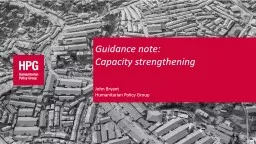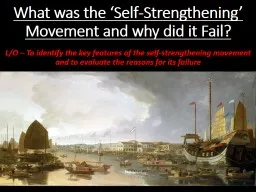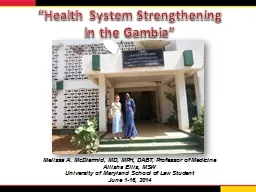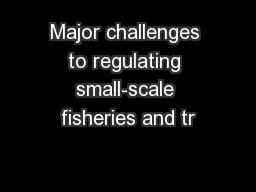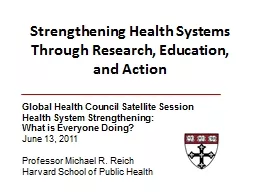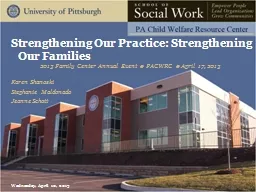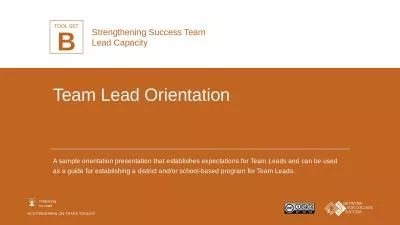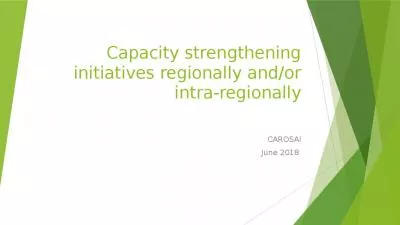PPT-Guidance note: Capacity strengthening
Author : celsa-spraggs | Published Date : 2020-04-06
John Bryant Humanitarian Policy Group Replace grey box with programme logo width 3cm The capacity needed to alleviate human suffering is not limited to the ability
Presentation Embed Code
Download Presentation
Download Presentation The PPT/PDF document " Guidance note: Capacity strengthening" is the property of its rightful owner. Permission is granted to download and print the materials on this website for personal, non-commercial use only, and to display it on your personal computer provided you do not modify the materials and that you retain all copyright notices contained in the materials. By downloading content from our website, you accept the terms of this agreement.
Guidance note: Capacity strengthening: Transcript
Download Rules Of Document
" Guidance note: Capacity strengthening"The content belongs to its owner. You may download and print it for personal use, without modification, and keep all copyright notices. By downloading, you agree to these terms.
Related Documents

